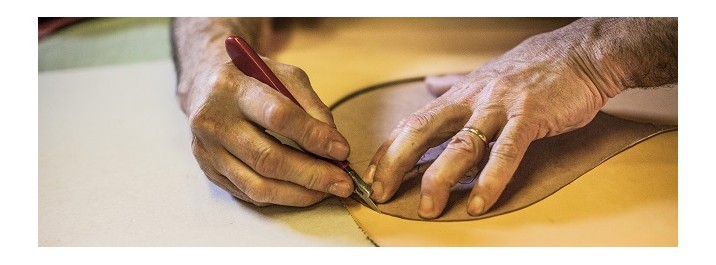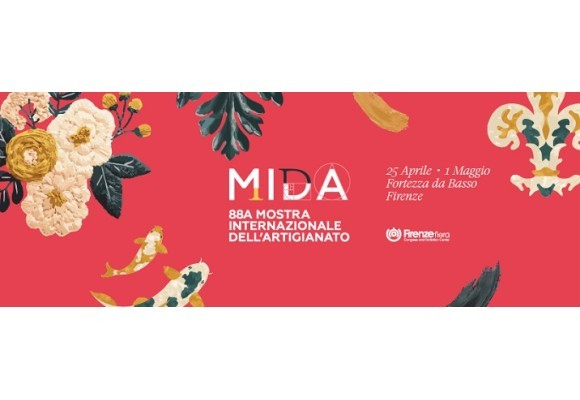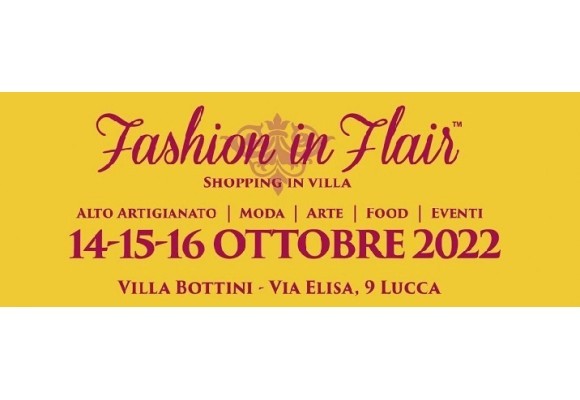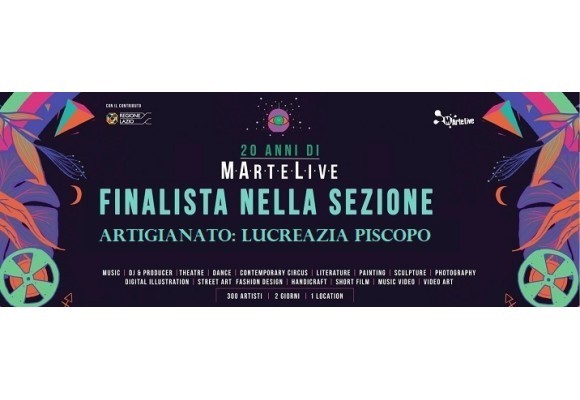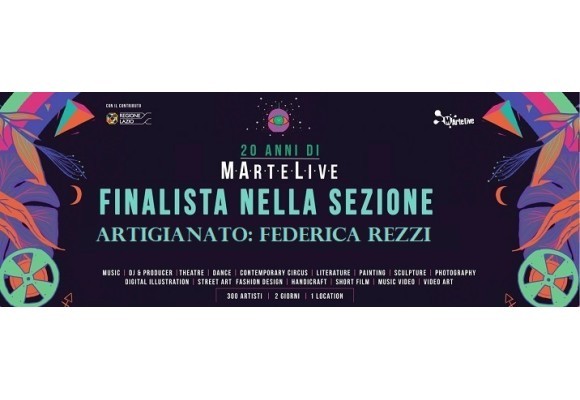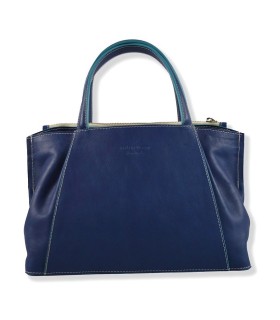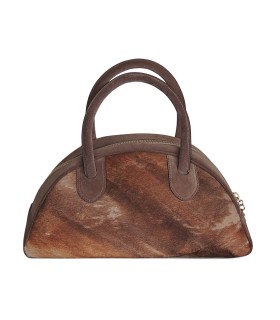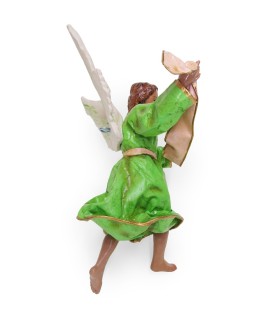Leather – a Key Resource for Craftsmanship in Italy
Background
The leather was one of the first materials that man has learned to work and to use. It has been used as a container, such as garment and also as a simple decorative element. The characteristics of this natural material make it malleable and suitable for each use.
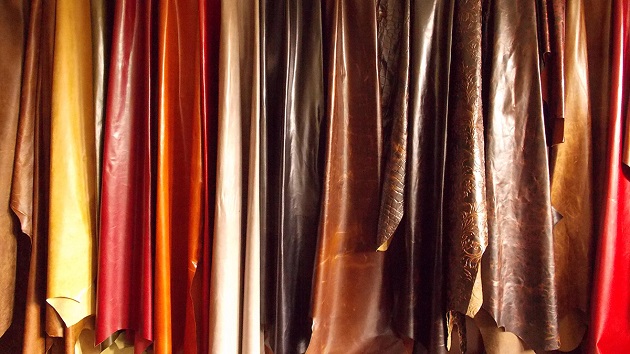
Leather, was originally obtained only from wild animals as a result of hunting and later also by farm animals by recycling a material (skin) considered as waste in the food chain. The skins, before being used, require careful handling in order to avoid the putrefaction of the product at high temperatures or stiffness at low ones. The “skin tanning” is the work process that must be followed to avoid these drawbacks. Probably by accident, early man realized that the skin exposed to fire smoke, especially fires of leaves or fresh wood, lasted much longer in time. The ancient Roman and Greek warriors used a very solid vegetable tanned leather to build shields and armor.
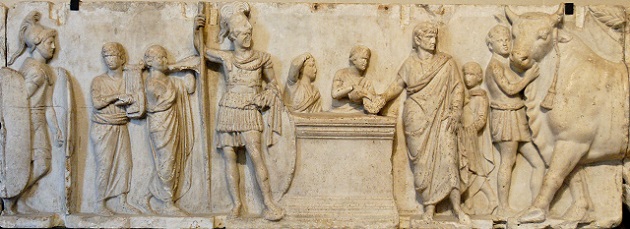
During the Renaissance, the leather art work and decoration had a remarkable development. Leather was also widely used to produce items of popular use, such as footwear, which, however, remained a rather expensive artefact not accessible to all.

Until the second half of the nineteenth century, the vegetable tanning was the main tanning method used. Only a small amount of skins intended for luxury uses was tanned with alum (aluminum compounds): a tanning method which is still used today. As shown, some aspects of tanning technology date back to prehistoric times and have remained largely unchanged for centuries. A careful choice of leather, suitably treated with the best tanning processes, and the subsequent process (passed, adapted and improved during off years) of the product, are key factors to obtain refined and qualitative objects. Porosity, scars, wrinkles, and differences in tone, should actually not be considered flaws, but evidence of the authenticity of this material which is so alive and natural.
Characteristics

The leather has characteristics of strength and especially high hygiene which make it particularly suitable for the production of many manufactured articles of common use. It is known, for example, that the footwear leather favors transpiration, and thus prevents the development of fungi, mold and other pathologies of the skin of the foot produced by the stagnation of humidity inside the shoe. Similarly, leather is used for other products destined for human clothing. It is actually said that the leather “breathes” from the water vapor emanating from the human body.
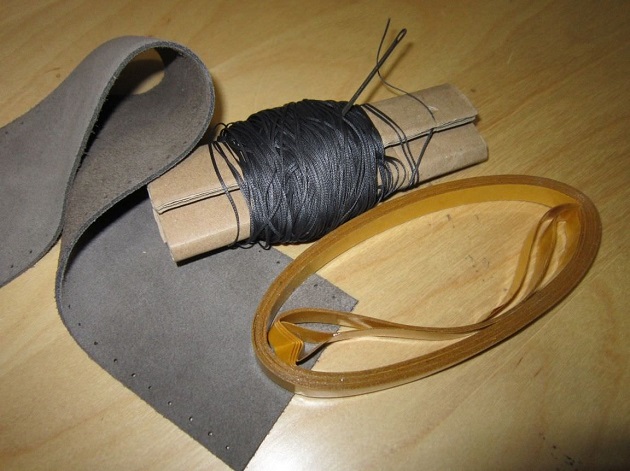
For these reasons, in addition to the aesthetic aspects and pleasant tactile feeling that the artifacts in scalp give, many attempts have been (and still are) made to produce alternative materials that mimic the scalp. The materials produced, though sometimes appear very similar to leather from the visual point of view, on the other hand do not possess other functional characteristics and behavior that are due to the particular inimitable structure of the real leather.
Tanning
Immediately after the animal is killed the process of tissue degradation begins. Before even getting to rot, this causes more or less serious damage to the skin making its quality and value in terms of tanning rapidly decay. Also, since almost always the tanneries are not placed sufficiently close to the places of production of the skins, the time between the skinning and the beginning of the tanning process would be too long and the degradation processes would risk destroying the skins. It is therefore necessary to “maintain” the fresh skins that block the degradation process for a time sufficient to transport at the tannery for the beginning of processing.
Conservation
The conservation should be done as quickly as possible and it consists in creating conditions within the skin that make life and the development of bacteria and microorganisms that produce the enzymes of decay impossible. The most used methods by far are salting and drying.
Salting:
It is to saturate the skin with common mineral salt or the one of marine origin. The salt penetrates very quickly into the skin (which contains approximately 65% water), it produces a partial elimination of water by the osmotic effect while the remaining water becomes a saturated solution of salt. These conditions are absolutely unsuitable for the development of life of microorganisms and therefore the putrefaction process remains inhibited. Salting is the preservation process more suitable for thick skins, in contrary for example to the bovine skins, and that because the salt penetrates quickly in the entire thickness. For salting with solid salt from 25% up to 50% of salt (by weight of the raw skin) is used, with an average of 40%. It is a very efficient process, cheap, easy to apply, and very widespread. It has the disadvantage that, once clasped in processing, the skins releases all the containing salt (about 15% of their “salted weight”), which then ends up in the watering process.

Drying:
Consists of removing as much water as possible from the skin (up to a content of 12-15%). This will result in conditions still unsuitable for life and development of microorganisms that have absolute need of water. The elimination of water, of course, must be done quickly or at least before they start the putrefaction process and must involve the full thickness of the skin. Certainly the best aspect of this kind of conservation is that the dried leather processing does not produce polluting impacts as there are no toxic drains harmful to plants and animal biodiversity. The drying, however, is a process suitable only for thin skins, for which the water migration from the inner layers is more rapid (the evaporation of water takes place only by the two outer surfaces of the skin, and then the water contained inside in order to evaporate must first travel and spread from the inner layers to the most external, and that process is rather slow). The drying, therefore, is the preservation system best suited to sheep and goatskins and does not lend itself to the conservation of cattle hides, which are the most numerous.
Tanning:
The tanning process is rather long and complex. It is essentially a chemical process consisting of successive phases interspersed by mechanical operations. The whole process can be divided into three general stages: tanning, re-tanning, finishing. Each of these macro phases, then, is divided into stages with specific purposes.

The operations of the preparation of the tanning constitute the so-called “riviera operations” (in some areas called “ginestrella”). The name clearly refers to the French “rivièrette” as these are stages that require the most amount of water and therefore many of these procedures are performed in the riverbanks.
The preparations to tanning or “riviera”, starting with the preserved raw skin, can be grouped as follows:
Planting – has the aim to restore water on the skin that has been lost in the preservation process, to eliminate dirt, blood, dung and the salt in the case of salted skins. It is carried out in a drum with the use of water while surfactants are used in the case of dried preserved skins.
Fleshing – is a mechanical operation by which subcutaneous tissues are eliminated as remainders of connective tissue of the skin to the carcass of the animal.
Hair Removal – used to remove hair and epidermis; it is therefore a process carried only when you have to produce a skin without hair or fur.
Liming (Calcination) – serves to loosen the weave fibrous skin. Moreover, in the course of calcination other chemical reactions, which will be described below take place, reactions useful for tannery purposes.
Deliming – the depilated and calcined skin is, as already said, swollen, turgid and a strong alkaline and in such state it could not be subjected to the subsequent chemical operations. The deliming serves to low the alkaline pH to values of about 8-9, eliminate the swelling and turgidity as well as eliminate the lime and sulfide. It is performed with deliming agents, i.e. slightly acidic chemicals.
Maceration – is a transaction enzyme that has the purpose to complete the deliming, eliminating the remains of other unnecessary interfibrillar substances, and loosening the fibrous structure in order to favor the expulsion of the skin pigments (melanin) and of the roots of hair which remain incorporated and produce a more soft and supple leather.
Degreasing – The degreasing process serves to eliminate or at least reduce the natural fat of the skin which may result in difficulty in the absorption and fixation of chemicals and defects of various kinds on finished leather.
However, after the “riviera” operations the skin is still putrescible and should therefore be subject to tanning. The tanning is the chemical operation which transforms the putrescible skin in to a rot-proof material, i.e. the scalp. After deliming and bating, the skin is ready to react with the tanning agents. There are numerous types of tanning; the most popular are the chrome and the vegetable.

Chrome Tanning - is the most used type of tanning. It is estimated that approximately 80-90% of all leather products in the world are chrome tanned. It is relatively simple to perform; it’s cheap, fast and flexible. In practice, chrome tanning can produce leather suitable for any purpose (except for leather soled shoes). Chrome tanning is based on the ability of the trivalent chromium (Cr3 +) to form complexes with the carboxyl groups of the collagen (they are made of the fibers of the skin). This capacity is limited to trivalent chromium and hence the hexavalent form (Cr6 +) as in chromates and dichromates, has no interest from the tanning point of view. At the beginning of the use of chrome tanning (late nineteenth – early twentieth century) and bichromates, they used to produce salts of trivalent chromium in tannery by molasses reduction or other reducing agents. But for some time now, the salts of trivalent chromium have become available on the market at a lower cost, therefore in tannery there are used exclusively salts or compounds of trivalent chromium. At the end of tanning the color of the tanned skin is blue-green, with different tones depending on the products used in pickling and basification. In this state, in fact, the tanned leather is called “wet-blue” with reference to the fact that it is wet and has a more or less blue color. The wet-blue, being now stable over time, may also be marketed. Many leather producing countries, actually, do not have the technological capacity to produce finished leather; they rather prefer to export wet blue hides rather than to take advantage of a higher added value. Italy is an importer of unfinished leather, and the amount of imported skins in the wet-blue state is growing, which, while it is advantageous from the environmental point of view (the “riviera” operations are those that produce more pollution), in terms of tanning technology it is a disadvantage, because the tanner has to process a product of which he/she does not know the background and often the starting point of the process is not the same because the skins come from small and different tanneries.

Vegetable Tanning – It is the oldest one. Until the end of the nineteenth century almost all leathers were vegetable-tanned. The vegetable tannins are complex substances of a phenolic character contained in all plants. Of course, some vegetables contain larger amounts while others contain lesser. The tannins are named after the plant from which they come (later we shall speak about chestnut tannins, sumac, quebracho, mimosa, oak, etc.). They give all the tanned leather a color in the shades of brown, more or less intense but with different flame depending on the plant of origin. Basically it is the same mechanism described for the chrome tanning with the only difference that, in this case, given that the chemical is different, the variations of the pH to favor penetration and fixation are of opposite sign. The penetration of the tannin, in fact, is favored by using a not too acid pH (between 5 and 6). In these conditions, the phenol groups of the tannins are mainly differentiated and not able to form hydrogen bonds. After that penetration has been obtained, the binding capacity is restored by lowering the pH with acids so that the phenolic groups of the tannins return inseparable and thus able to form hydrogen bonds.

Venetian masks
The history of Venetian mask dates back to many years ago and in fact there was already a school of “maschereri” (mask makers in Italian) in 1271. In 1773 there were officially 12 mask shops with 31 workers: few in comparison to the usage of masks in those years. Back then many masks were produced illegally employing many people, and they were famous throughout Europe.




In 1600 people abused so much with the usage of the mask that the government of the Republic of Venice had no choice but to implement rules that limited the use. It was prohibited to wear masks in the periods that were not those of Carnival, in places of worship; no weapons and no group shouting in the streets at certain periods of the evening were allowed. The use of masks was banned for prostitutes and men who frequented the mess. When wearing a mask one would also wear fake beards and mustaches. A type of mask was also that of making a woman look like a man and vice versa. Wearing the “bauta” (nose mask) and the cloak was also obligatory in official ceremonies and public holidays as well.
Production and trade
The world production of cattle hides is about 130 million pieces a year. Europe is the main producer not only in quantity but quality as well. As a matter of fact, it produces a high percentage of heavy leathers, especially coming from Western and Central Europe and about 8% of the skins in large surface coming mostly from the Alpine regions, namely from Switzerland, from France, from west Germany, from the north of Italy, and then also from Belgium, the Netherlands, Britain, Spain and Portugal. Light skins are instead produced in Siberia, Russia and the Balkans. Even North America produces a high percentage of heavy leathers, whereas South America produces mainly average weight skins. In Africa if you remove Ethiopia and the South Africa Union, which produce skins of good weight, all other countries have skins of rather poor quality. Asia, finally, produces almost exclusively “kips weight” skins.
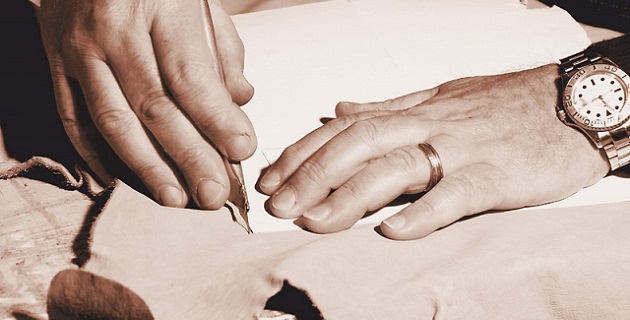
The Italian tanning industry is historically considered a world leader for the high technological development and quality, a strong environmental commitment and the capacity for innovation in terms of content and style.
Formed mainly by small and medium-sized enterprises which developed within districts of specialized work type that are destined to the market of goods (shoes, bags, jackets, sofas, car interiors etc.), the Italian production accounts for about 16% of world production and 66% of European production; the Italian is one of the most internationalized sectors, exporting to 121 countries, accounting for 26.9% of exports of the world in 2010.

The most important regions are Veneto, which mainly produces skins of large surface intended for furniture and automobiles; Tuscany, which produces skins for leather goods, upper and sole leather; Campania, which specializes in leather processing designed for clothing, shoes and leather goods; and Lombardy which works especially small skins for handbags and footwear.
From the quality view point, the Italian product is widely considered the world’s first and is the benchmark for high-end consumer goods.
The 2010 financial turnover exceeds 4.5 billion euros, 70% of which came from exports. Its economic importance has increased as it is strategically positioned for fashion and artifacts of daily use. The role of leather production is crucial for the Made in Italy.
Main types of skins
Bovine leathers (Cowhides)

Cowhides are the skins that allow the best use since their surface is bigger than all the others. They are mechanically strong and resistant so they have a wide use: uppers and soles for shoes, clothing, furniture, leather goods and luggage, technical articles.
This type of leather is the most widespread and it mainly comes from cows, oxen, bulls, calves and buffalo. The flower has a uniform pattern over the entire surface and is not particularly marked. In the skins of adult cattle – the so-called heavy leathers – hair follicles are quite large and equidistantly spaced from each other. It is similar in calf skin, but with smaller follicles that are also closer to one another; it is said that the flower is narrower and finer (called “gentle” tannery).
When completely tanned they are called generically bovine. Most frequently they are used in separate parts: half or duffer, shoulder, rump, hip, avant-corps, breech.

The thickness of the skins of large animals (1-2 cm) is too big to allow the use as such, so it is necessary to split in two or more parallel layers to the surface, giving rise to the side cross-section grain; the top layer is the most valuable, and one or more flesh split sides or scabs are of lesser value, but can be used for many items.
Goatskins

The goat skins come from goats and young goats. They have a compact structure and a flower with particularly strong grain, more valuable if narrow and thin. Analyzing the surface groupings of hair follicles of small size are made visible, corresponding to the woolly hair above a lower number of much larger follicles, which is the place of silky hairs. They possess a considerable mechanical resistance, especially when compared to their thickness.
Sheepskins

The sheepskins come from lambs, ewes and rams. They are generally pretty soft, smooth, and stretchable – characteristics that make them particularly suitable for glove and clothing. The flower is smooth, with fairly uniform arrangement of the hair follicles and slightly marked drawing. A particular type of sheep is the cross, whose skins, in interweaving fibrous more compact are mechanically resistant and therefore suitable also for the production of uppers and leather.
Pork skins

Under this category are included the skins of domestic pig, wild boar, peccary (wild American boar) and the carpincho (aquatic South American rodent). They are characterized by a rather compact fibrous structure and a typical grain, which presents hair follicles arranged in groups of three at the vertices of a triangle. A specific feature of the pig skin is that the hair follicles go through the entire dermis, up to the subcutaneous layer, so that the leather shows the flowers on both sides. They are used for a wide range of items: clothing, gloves, linings, bags etc.
Other types of skin
Small productions, varying according to the needs of fashion and market availability, concern skins from animals like kangaroo, deer, reptiles (crocodiles, lizards, snakes), fish (shark, race, salmon, carp, eel, perch fish etc.), birds (ostrich, rooster and chicken legs, turkey legs) and amphibians (frog, toad). In some geographical areas equine skins are also tanned (horse, donkey, mule), of reindeer, chamois, roe deer, deer, camels, antelope, once very common in Europe.
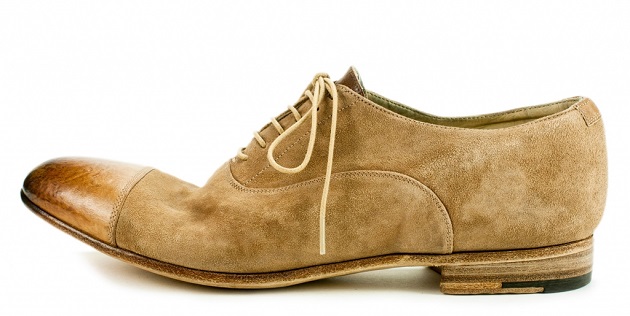
he kangaroo skins are characterized by a considerable mechanical strength. Originally they were actually used for sports. Today the kangaroo is intended for the most diverse areas: fashion clothing, bags and shoes, as well as linings and insoles. The grain has a not very marked design, with round holes very evenly distributed.
The deer skins have the advantage of having a high softness together with a large mechanical strength. The flower has a very clear and distinctive grain. They are used in the production of footwear, clothing, leather goods and gloves.

The skins of reptiles, fish, birds and amphibians, thanks to the presence of pigmentation, scales and special designs are mainly intended for leather goods, shoes uppers or fashion trimmings for garments.
MIDA 2024: the craft fair you can't miss
Lucrezia Piscopo Art, winning project of the Lazio MarteLive 2021 regional final
Interview with Federica Rezzi G, winner of the Lazio MarteLive 2021 final, crafts section
From tradition to today, a special gift for a special professional
The beautiful works of Klimt on the ceramic eggs of La Terra incantata
Valentina Musiu and VALEgnameria, art and craftsmanship in a dynamic and colorful mix

